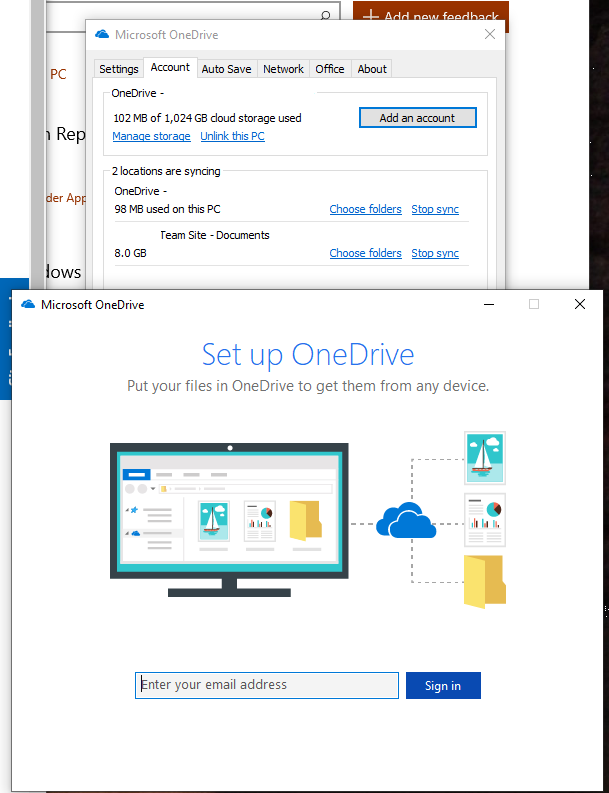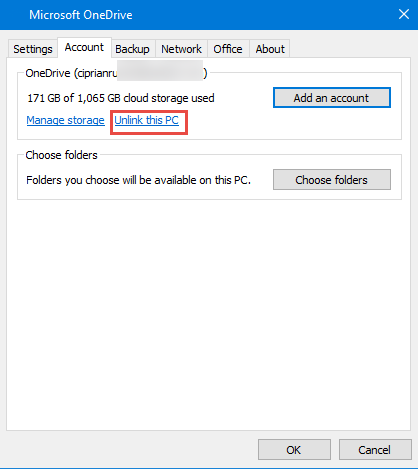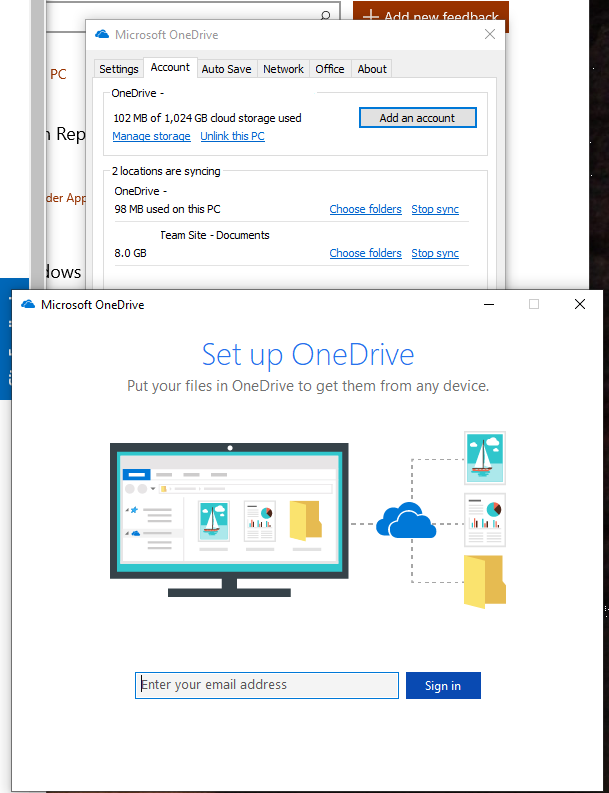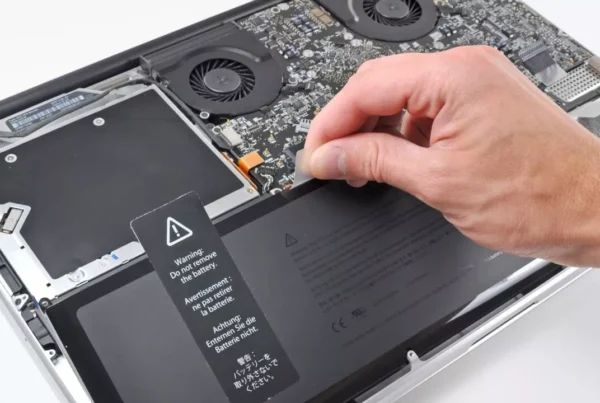RECOMMENDED: Click here to fix Windows errors and get the most out of your system performance
OneDrive is perhaps one of the best Windows 10 cloud storage experiences for saving and syncing your documents and settings between devices. But it is not a perfect system and sometimes you will have problems.

Some users have reported that Onedrive is constantly crashing or not installing after installation, or that problems occur in the Windows 10 operating system. Here's a simple way to fix all of these problems at the same time.
Reset OneDrive
- Press the Windows key and the R key simultaneously to open RUN.
- Now copy the following command and paste it into the RUN command field.
- % localappdata% Microsoft OneDrive onedrive.exe / reset
- Press OK.
After running this command, the OneDrive icon appears and then disappears after a few seconds, indicating that the reset procedure is running correctly in the background.
Alternatively, copy the command below and paste it back into the RUN command field.
% localappdata% Microsoft OneDrive onedrive.exe
Si su problema todavía no se resuelve, desinstale Onedrive y vuelva a instalarlo desde el portal Web oficial de Onedrive.
Uninstall and reinstall OneDrive in Windows 10
- Hold down the Windows key and press X. Click the command prompt (Admin)
- Type taskkill / f / in OneDrive.exe and click Access.
- Type% SystemRoot% SysWOW64 OneDriveSetup.exe / uninstall and click Access if you are using a 64-bit version of Windows. If you are using a 32-bit version of Windows, type% SystemRoot% System32 OneDriveSetup.exe / uninstall and click Access.

Your OneDrive is now uninstalled. Now delete all the files that were created with OneDrive.
- Press the Windows key once and click on File Explorer
- Type % UserProfile% OneDrive in the address bar at the top center of the file browser and click Access.
- Hold down the CTRL key and press A, then right click on the selected files and choose Delete
- Type % LocalAppData% Microsoft OneDrive in the address bar at the top center of the file browser and click Access.
- Right-click on the "Logs" folder and select "Delete."
- Repeat step 5 for all files in this folder, but DO NOT delete the update folder.
- Type % ProgramData% Microsoft OneDrive in the address bar at the top center of the File Explorer and click Access.
- Hold down the CTRL key and press A, then right click on the selected files and choose Delete
- Type C: OneDriveTemp in the address bar at the top center of the file explorer and click Access.
- Hold down the CTRL key and press A, then right click on the selected files and choose Delete
- Restart your computer now
After the reboot is complete, follow these steps:
- Press the Windows key once and click on File Explorer
- Enter drive C: Use YourComputerNameAppDataLocal in the address bar at the top center of the file explorer and press Enter.
- Double click on the update folder
- Double-click the OneDriveSetup file and follow the instructions on the screen.
- Note: If you cannot see an update folder after uninstalling OneDrive, type% SystemRoot% SysWOW64 OneDriveSetup.exe in the address bar of File Explorer and click Access. OneDrive then begins to prepare for its first use.
Unlink your Windows 10 computer from OneDrive and reconfigure OneDrive.

- To fix this problem, first go to the forced OneDrive location and choose not to make all files available.
- When you see OneDrive start running, click the OneDrive icon in the notification area of the Windows 10 taskbar. Then click More.
- In the menu that opens, go to Settings.
- In the Microsoft OneDrive application window, on the "Account" tab, click the "Disconnect from this computer" link.
- You will be informed that your OneDrive files will no longer sync. Confirm the message by clicking "Disconnect account".
- OneDrive now resets and no longer works. Restart the OneDrive app and go through the setup wizard again. This time you should be able to choose the OneDrive folder location that you want to use without fail.
(*10*)conclusion
That's it! What method worked for you?
Please let us know if this guide helped you by leaving a comment about your experience. Thank you for loving and sharing this guide to help others.
RECOMMENDED: Click here to fix Windows errors and get the most out of your system performance






